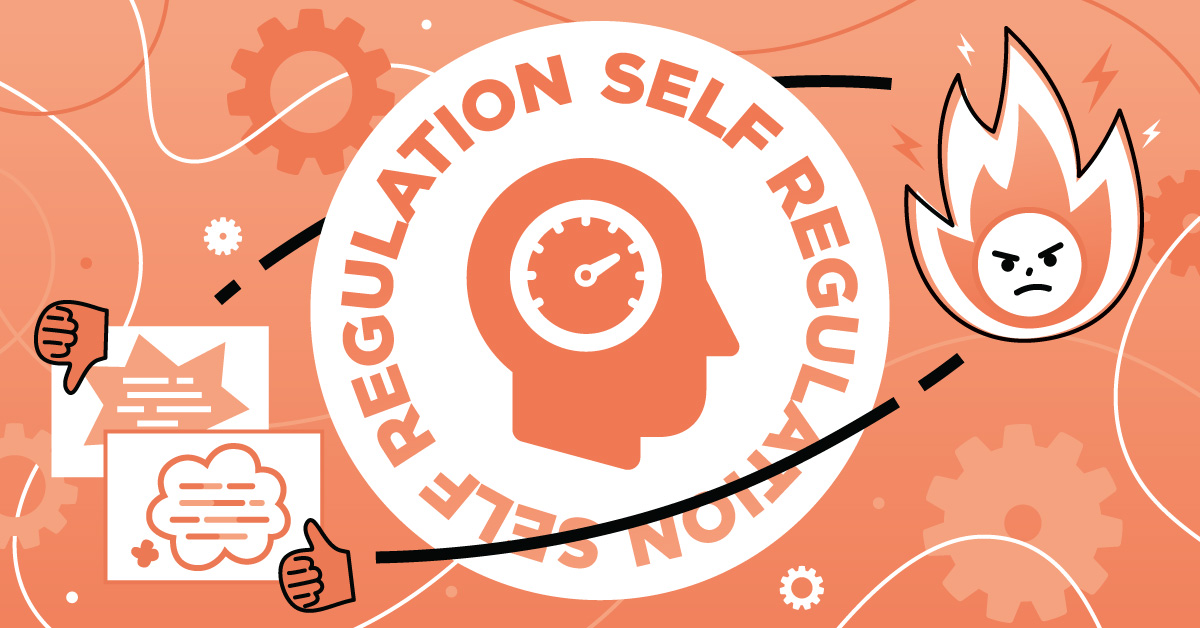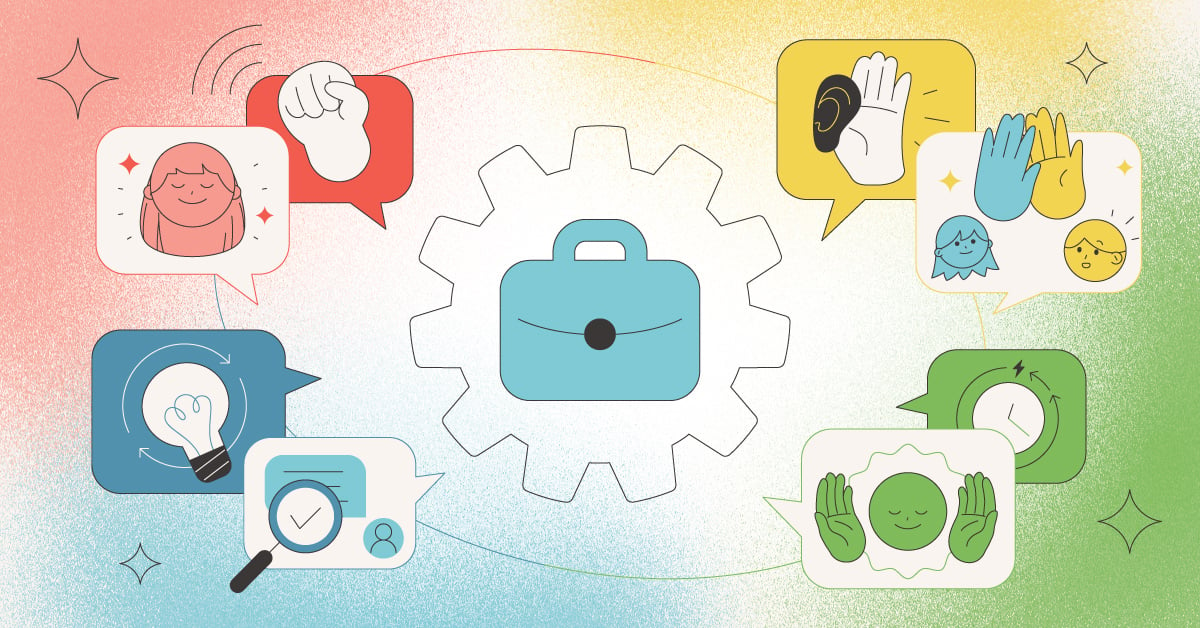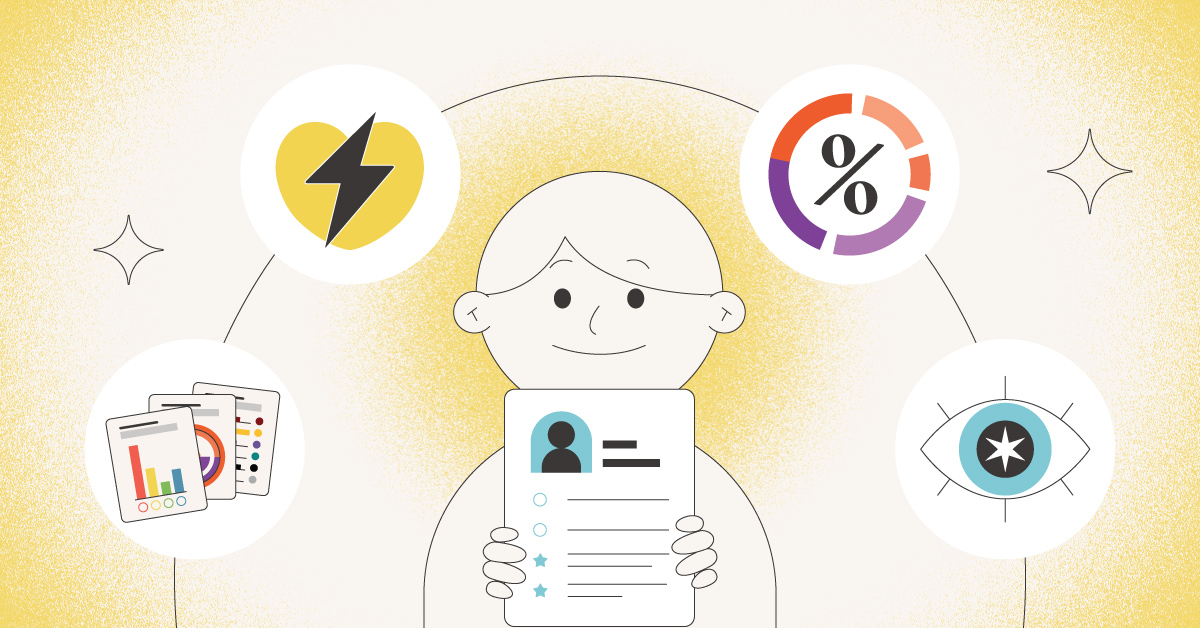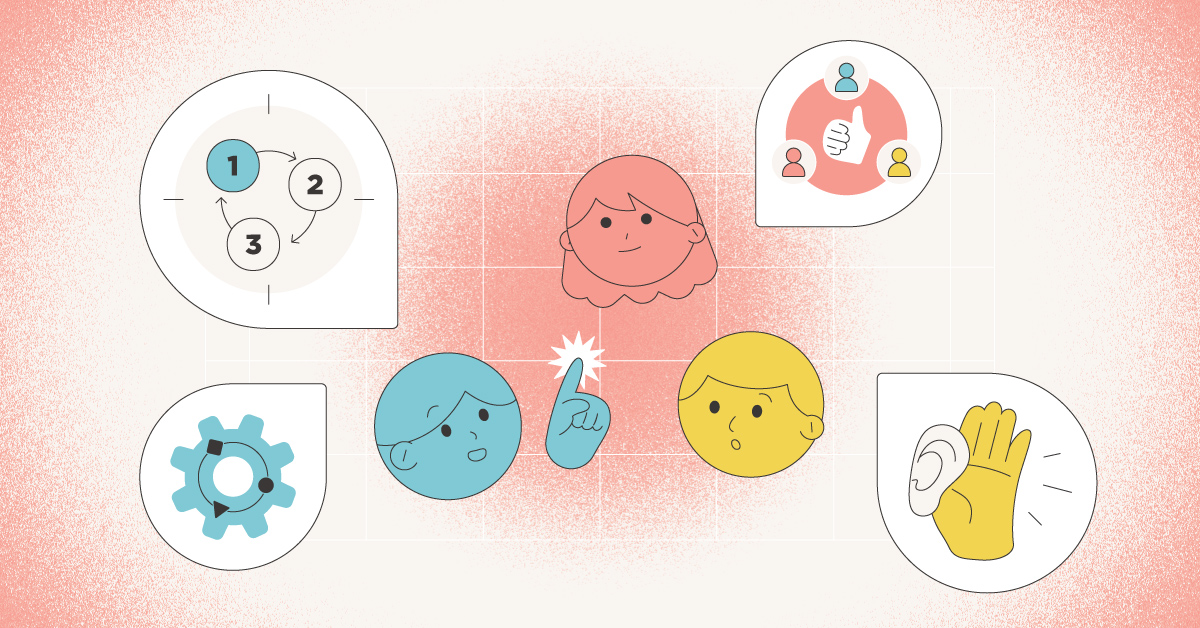
Emotional intelligence is a complex subject that takes time to fully understand. TTI SI’s EQ assessment breaks down EQ into 5 factors. Let’s explore the second dimension in depth!
What is EQ?
Emotional intelligence is the ability to sense, understand and effectively apply the power of acumen of emotions to facilitate higher levels of collaboration and productivity.
What Are the 5 Dimensions of EQ?
The 5 dimensions of EQ are self-awareness, self-regulation, social awareness, social regulation, and motivation. Every one of these factors is crucial for overall understanding.
Let’s focus on self-regulation and really dig into the 2nd dimension of EQ.
What is Self-Regulation?

Self-regulation is the ability to control or redirect disruptive impulses and moods and the propensity to suspend judgment and think before acting.
It’s a skill we use on a day-to-day basis to manage our emotions at the moment that an event occurs— it lets us take thoughtful actions.
High self-regulation is helpful because it empowers us to take responsibility for our feelings and to regulate those emotions on bad days, allowing for clear, level-headed decision-making.
Why Is Self-Regulation Important in the Workplace?
Self-regulation is a crucial and often overlooked skill in the workplace because it improves communication, engagement and productivity.
Conflict is inevitable in the workplace, and how you handle it can often be a ‘make or break’ difference for success in a position. Having high self-regulation allows you to more objectively examine difficult situations and not become emotionally compromised by them.
Self-regulation is not taking the emotion out of the decision; rather, it’s understanding how your emotional state is impacting your decision-making. This includes postponing the decision if necessary until your emotional state improves.
What Does Low Self-Regulation Look Like?
Low self-regulation shows up in different ways. Here’s what it can look like in the workplace.
Lack of Initiative, Fear of Risk
Self-regulation helps prevent overreactions and decisions made out of fear rather than sense, but it can also look like a lack of initiative. This makes sense— when faced with a tough decision in the workplace, if you are not in a positive emotional state, your will neurologically attract your negative memories or past experiences. It is designed to do so.
The bad thing about low self-regulation is that it can reinforce hesitancy in the workplace. If you’re focusing on the negative experiences, you’re going to try avoid those as best you can and technically the best way to avoid them is to prevent the chance of them happening at all. It feeds into itself— the less you initiate, the less possibility there is of conflict or issues, but then there’s less possibility of innovation, success, and achievement.
Being Skipped Over for Advancement Opportunities
As you’ve likely gathered by now, self-regulation has a lot to do with emotions and managing them. If you have low self-regulation, it can come across as immaturity or a lack of ability to perform under pressure, both of which contribute to being perceived as an unfit leader.
As a result of these perceptions, deserved or undeserved, it’s likely that you’er going to be passed over for advancement or leadership opportunities. If someone’s first thought when considering you is remembering your emotional reactions under stress, it makes that kind of advancement unlikely.
More Likely Burnout and Stress

Low self-regulation will affect you even outside of the workplace. People who aren’t skilled at self-regulating can become heavily dependent on others for your emotional regulation, and if and when that support isn’t available, you’re going to feel the effect acutely.
In addition, low self-regulation can cause you to take on the stress of others— as you’re unable to manage your emotions, you become vulnerable to strongly feeling the emotions of those around you. Harvard Business Review shared that perceived lack of control (which can appear as a lack of autonomy, no say in decisions impacting your professional life, or an influx of overwhelming emotion) is the leading cause of burnout.
What’s Your Next Step with EQ?
Understanding and implementing EQ can be complicated and self-regulation in particular can be difficult to successfully understand without the right tools. If you’re looking to increase your understanding of EQ, TTI SI can help!
If you want to take an EQ assessment, contact us here.
If you want to join the TTI SI network and become a reseller, learn more here.




